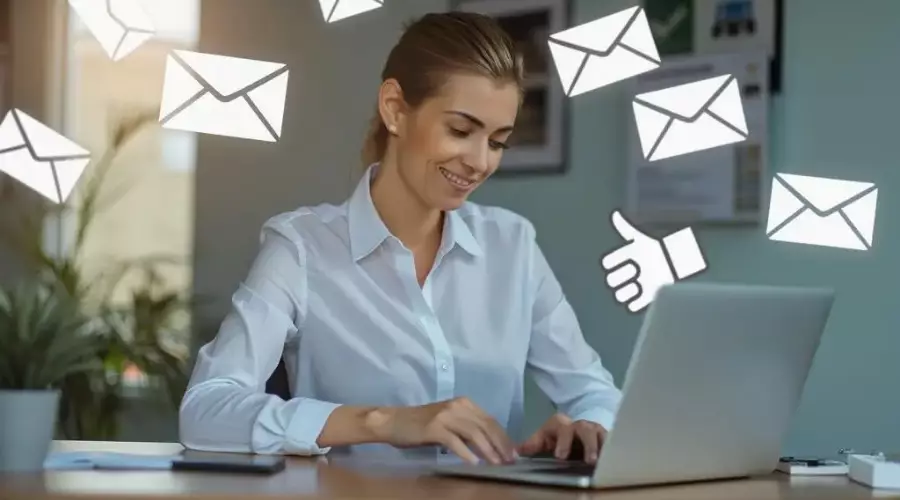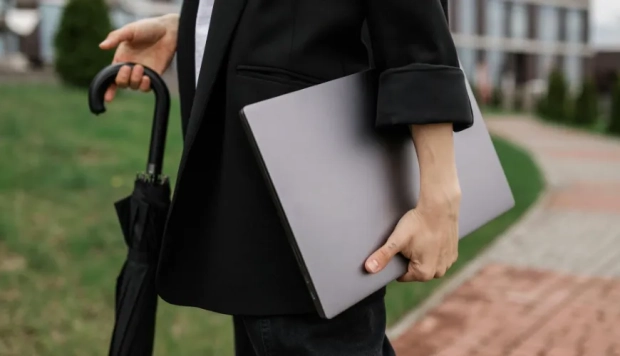Easy to Overlook Cold Email Mistakes You Should Avoid

While it may seem fairly simple, sending cold emails is an important form of marketing that can be done easily. Poorly written emails leave a bad first impression, and if you're not careful, your audience won't even open your email to see what it's about. Especially if you're running a white-label link building campaign using cold email, it can get frustrating.
Cold email marketing can bring you significant benefits if you master its techniques: It allows you to easily connect with a potential customer who has never heard of you before. It's a type of push marketing that's especially useful for the B2B sector.
Long emails, poorly written subject lines, a lack of case studies, and a lack of social proof are some of the mistakes you could be making.
If you don't want your emails to be deleted, be sure to avoid the following cold email mistakes.
Writing a long email subject line
A long, descriptive subject line won't get your email opened. When your email recipient has to read and process a long, overly descriptive email, they'll simply ignore it or hit the trash button. Avoid this by keeping your subject lines short and sweet. It also helps to include benefits in your subject line that will entice the reader. By simply saying "I need your opinion" or "Quick question," your email will be opened, and you'll have the opportunity to hook your reader into reading your email.
Not including proof of value
When you're writing to a decision-maker who has no idea who you are, you need to create a compelling reason for them to take your email seriously. Make sure to add some evidence that you can create value for your email recipient. You can share the key details of a case study or the results of a job you did in a line or two. This piques your potential clients' interest, and you're more likely to get a quick response.
Not knowing your contact person
When you send someone a cold emails, it's crucial that you "know" the person and the company you're writing to. Check out the recipient's work on LinkedIn. Take a look at their posts, links, activities, and background. And try to learn how their company solves their clients' problems. When you know more about your potential client, you can tailor your email message to suit them.
Send your message at the wrong time of day
You should email your prospects when they're active and ready to engage. Avoid sending your message too early in the morning or too late at night. You'll have to experiment to see what works best for you, but generally, 10 a.m. is a good time to send emails.
Not personalizing your email
Many cold email marketing campaigns can fail because they lack personalization. You'll get much better results when people feel more connected to your message through personalization. A personalized email uses the person's name, adds context, and presents solutions that help the specific customer. This way, you offer clear benefits that create a compelling reason for customers to learn more about you. To help shape that personalized tone and keep your message concise, try using an AI powered assistant tool for creating suggestions, phrasing, tone, and clarity so every email feels tailored without extra effort.
Not following up
One of the common mistakes made with email marketing is not following up with leads after sending an initial email. Some email recipients forget about your content or may intend to get in touch later. Others just need another push to take action. Make a quick call and remind the company you emailed them. Or simply send an automated follow-up email asking what they thought of your previous pitch. Follow-up emails act as a reminder and create opportunities for you to share more information. So, be sure to follow up a day or two after sending a cold email.
Not adding a call to action
When you don't add a call to action or some kind of next step at the end of a cold email, you leave things ambiguous. Instead, asking to schedule a meeting in the near future and even proposing a time and date compels your prospect to respond. They may quickly agree to a meeting or suggest another day and time. In either case, you'll maintain momentum when you add some kind of call to action or next step. Add a call to action button or statement to your emails for best results.
Don't close your email with an expression of gratitude
When appropriate, close your email with gratitude, such as "Thank you" or, even better, "Thank you in advance." These approvals increase the response rate by 36% compared to other methods, according to the study. They show that you appreciate the person paying attention to your message, and thanking someone in advance makes them more likely to reciprocate.



